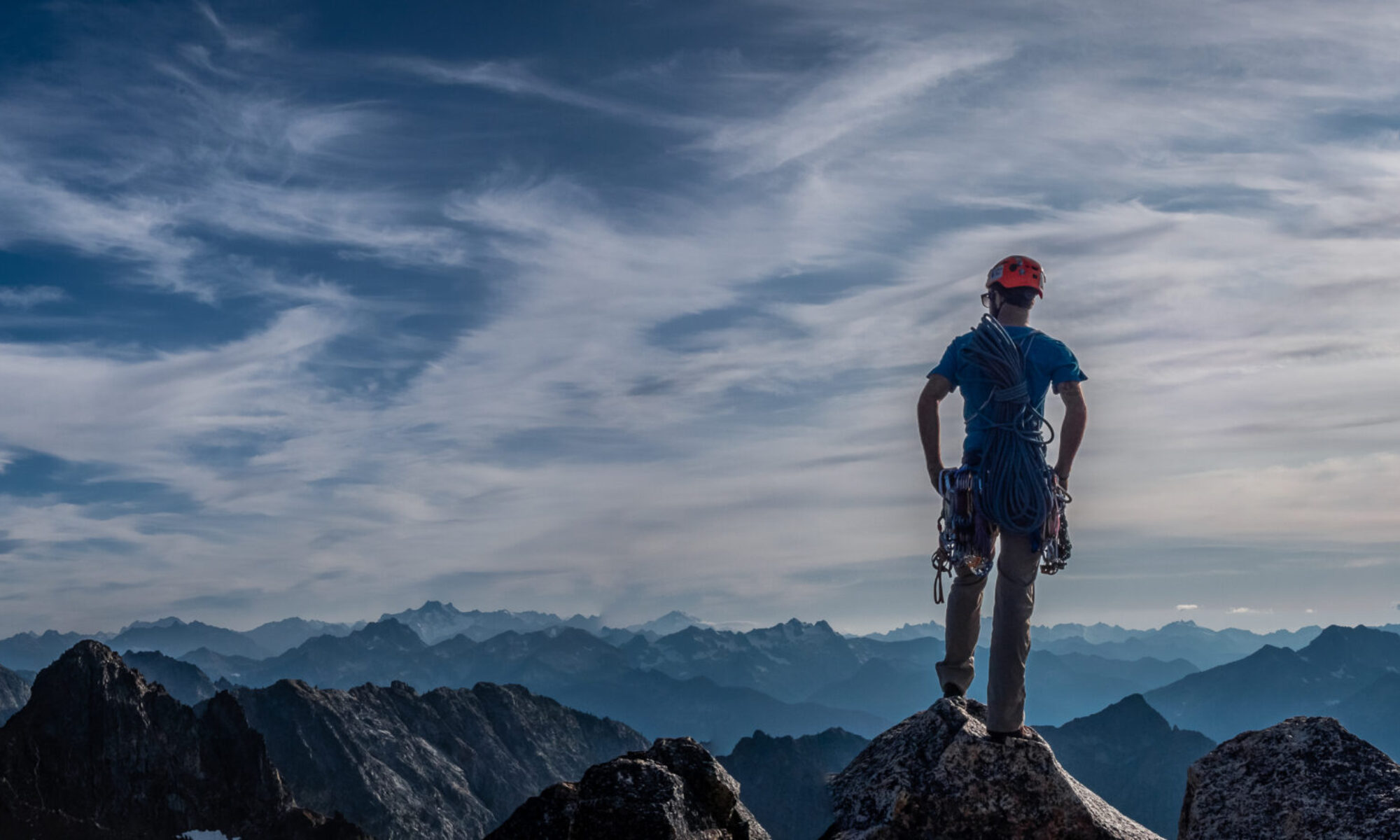by Eugene Lewins
 |
| Rachel Jones climbs at Ozone Crag. Photo: Eugene Lewins |
I want to get strong! To pull that V5 roof at the gym in the next comp. To carry a 45lb pack into Camp Sherman to summit Rainier this July.
Personal goals are great motivators to train our prime movers – the muscle groups that are going to do the obvious work. And typically that’s what our training looks like – strengthening the big guys, often the ones ‘out front’ or most visible. Pumping up the biceps (Biceps Brachii) with weight curls, bulking up the pecs (Pectoralis Major) through push ups, toning the lats (Latissimus Dorsi) in pull ups.
But problems can come if we haven’t put time into building a good “belay”. Who is going to back up those prime mover muscles?
Typically a muscle group has an “antagonist” that stretches when it contracts, like the Tricep stretches when the Bicep pulls the forearm into flexion. The antagonist also moves the arm, in this case, in the opposite direction. And is a key for stabilizing and thus protecting the prime movers when they are doing maximal work. They are the belay.
We’ve all heard of Rotator Cuff problems – pain and resulting weakness in the shoulder. One of the most frequent causes is a relative over development of the muscles at the front of the body that do the obvious and exciting work of reaching into the world to achieve our goals. Many of these big muscles internally rotate the shoulder joint – our push up muscles of the pecs, our pick axe lifting muscles of the biceps—surprisingly even our pull up bar muscles of the lats, since these sneakily have an attachment on the inner front of the arm bone. As a result the scapula bone is literally pulled forward and out of alignment until the front portion, the Acromion, pinches and abrades the bicep tendon.
Ouch!
Where’s the belayer for this? It should include the External Rotators of the shoulder, but they are a smaller set of muscles tucked on and around the shoulder blade, and frankly, we give them scant respect. We don’t see them in the mirror, they don’t bulk up and look sexy. If there is one exercise to add to your workout routine for the upper body, a strong contender would be external rotation strengtheners for the shoulders.
Best way is to check in with a personal trainer and get hands-on guidance – it’s surprisingly hard to isolate these muscles when the ‘big guys’ are used to doing all the work. A frequent recommendation will be using a resistance band. Tied to a door knob to your left side it is held tight across the body in the right hand. Keep the elbow pinned to your ribs (maybe padding with a towel to keep aligned) as you rotate your hand away from the navel and out to the side, stretching the band, and engaging these oft neglected external rotators muscles as part of your cross-training program.



